D800 vs D4s For Wildlife in Low Light & Long Lenses
For whatever reason most of the wildlife photography I do ends up being in less than desirable conditions. Its rare that I get that perfect light, with the animal perfectly posed and the weather just right and me in the right place and time to capture it. A lot of times I am in the right place, but all the other elements needed seem like they are on the extreme limits of what is needed for quality photography. I recently had the opportunity to photograph black bears here in New Hampshire and one thing that a person not from NH must understand is that this is not like going to Yellowstone or some similar place where the bears are more receptive to humans. Here in NH they are the ghosts of the woods, the animal you never hear while hiking or rarely see unless its by accident and then its for seconds before they disappear. I was able to use both the D800 and D4s during this time and I found out some disappointing things about the D800 which has me regretting purchasing it.
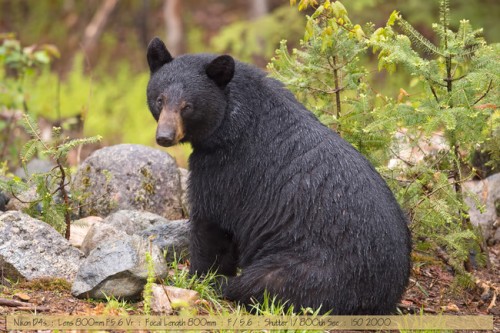
The 1st image at the beginning of this article is one that I am extremely proud of and find to be of the quality level I need to be happy. It was taken with the D4s and the new Nikkor 800mm f5.6 lens attached, it had just rained and was overcast. It was taken at approximately 1pm in the afternoon. I have set some self imposed limits / target settings for the D4s in this shooting scenario and the two lenses I was using which were:
D4s and 800mm F5.6 – min shutter speed 800th sec, max ISO 3200
D4s and 600mm F4 – min shutter speed 500th sec, max ISO 3200
As you can see even though this was essentially shot in midday light, because of the overcast conditions to get the 800th of a sec I was looking for with the 800mm lens, 200o ISO was needed. What is remarkable is the quality of the image at 2000 ISO, it is sharp, clean, very little noise and will print beautifully. The conditions were what they were and I cannot change that, that is what I was given and I can tell you that is how it often works, but having a camera that produced a high quality image in those conditions adds a photo I am proud of to my portfolio that I may not have had with another camera. Below is a 100 percent crop from around the eye area of the bear so you can better gauge the end result.
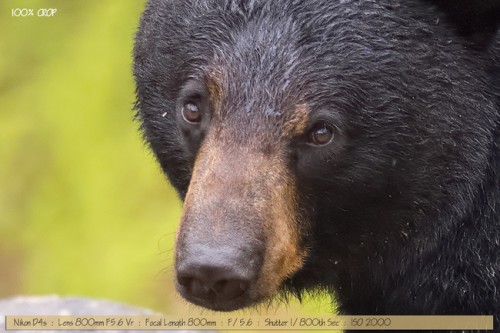
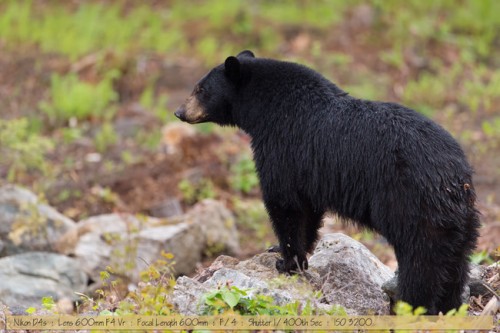
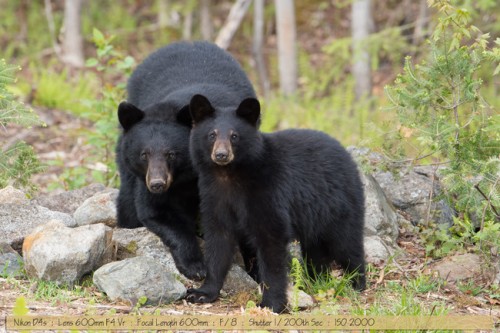
OK, so we have established I love the D4/D4s at low light, high ISO and poor shooting conditions and that the camera performs amazingly, so what about the D800?
Well I only used the D800 on three nights, looked at the photos and was not happy with the result. Not willing to lose more precious photos to the D800 I stopped using it and chose to only use the D4s. Here are some things I learned about my D800. Maybe these results are particular to my D800 and maybe I have a bad camera, I don’t know because I don’t have a second D800 to compare to.
the D800 does not focus as good in low light as the D4/D4s
where I am ok with 3200 ISO max D4/D4s, the D800 max would be 2000 ISO for me
the D800 seemed to produce a slightly slower shutter speed for same lens / light scenario
the D800 images are not as defined as the D4/ D4s images, they have a softer diffused look
I have seen great sharp images from the D800, so I don’t know if my experience is because of the lens / camera combination or my D800 has issues or it doesn’t perform as well in low light with long lenses. Let me try and show you what I mean with a couple of photo samples.
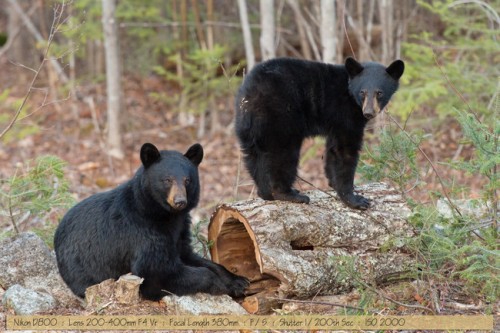
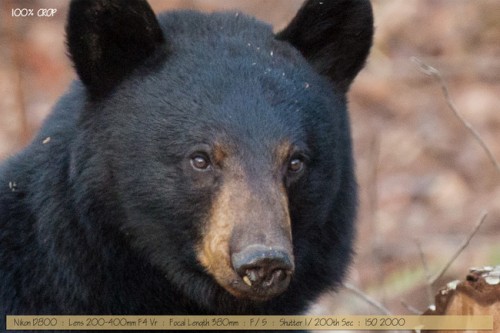
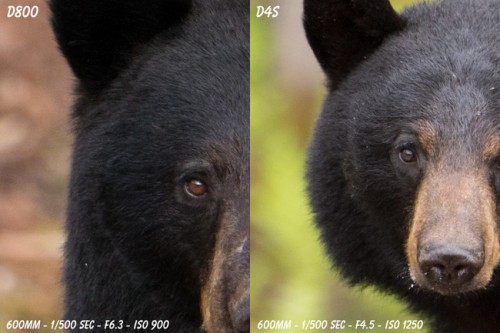
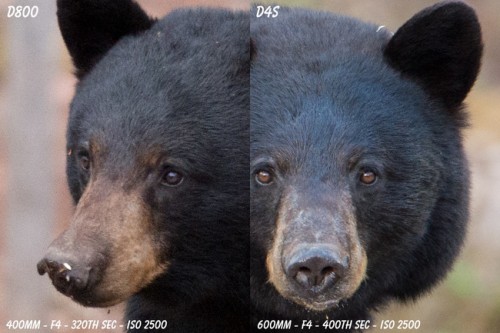
IN SUMMARY
I would summarize my findings this way:
The results I get from the D4s are superior to the photos I get from the D800 using similar long lenses and similar low light conditions and because of that I won’t be using the D800 in that scenario. Its hard enough to get wildlife in a great photographable situations without risking getting poorer quality photos because of my camera choice. I have a D4s and because of that its a no brainer for me to use it over the D800. The difficult thing to wrap your mind around is the 16.2MP of the D4/D4s have more quality value to me than having 36.3MP cropping power of the D800. One of my wishes is for a D4s with 24MP capability, that would make a perfect Nikon camera for me, so the D800 was my hope for cropping in closer at times when I need that crop ability. The ability to crop almost half the image out and still get a 300 dpi 8″ x 12″ image is amazing in the D800, but to me it comes at a price I cannot accept. Every pixel of a D4/D4s is a quality pixel and the camera really is an engineering marvel.
I would not use my article to make a camera choice on, rather I would use it as one source of additional information when doing research to choose your next wildlife camera. I said at the beginning that this was not a technical comparison and the reason I said that was because, how do you quantify/measure the look of a photo. I just prefer the look and quality of the images from the D4/D4s over the D800 and the secondary issue that I can’t overcome in my mind is I don’t trust the D800 to get me the kind of images I want.



.gif)





